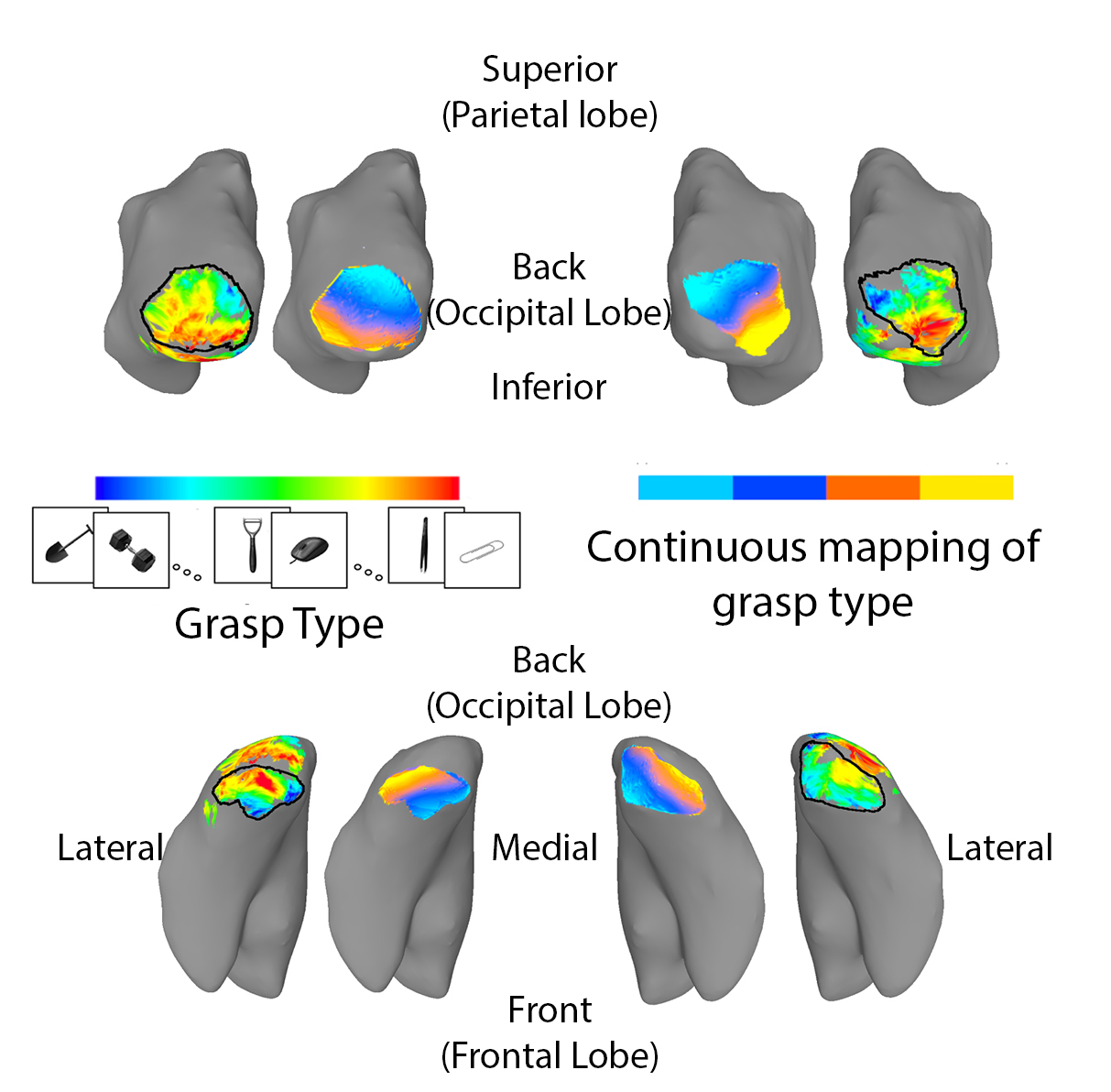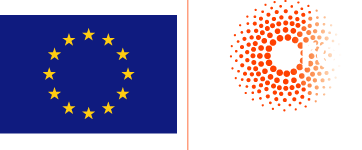
New study reveals brain "maps" that organize what we know about everyday objects
[Read the paper: NeuroImage — https://www.sciencedirect.com/science/article/pii/S1053811925005178]
How does your brain know that a mug is for drinking, a hammer is for hitting, and a key fits a lock? And how does it know what those things are made of and how to use them to act on our intentions?
Without much thought, we can recall and describe a great deal of information about these objects — and that's one of the reasons we're so skilled at navigating our environment and solving complex problems. This ability, however, depends on another — a less obvious one: the brain's capacity to represent object properties and organize them efficiently.
Researchers at the University of Coimbra and the University of Glasgow focused precisely on this ability and discovered that the brain organizes object-related information in continuous topographical maps — a principle previously thought to apply mainly to simple sensory information. The study, funded by the European Research Council under the Starting Grant ContentMap and published this week in NeuroImage, introduces the concept of "Contentopic Maps", revealing how the brain spatially encodes information — such as how we grasp and manipulate tools — and organizes object knowledge in continuous, map-like patterns across the cortex.
In the paper, titled "Contentopic mapping in ventral and dorsal association cortex: the topographical organization of manipulable object information," the authors show that neural responses in occipital and occipito-temporal cortex are tuned to object-related dimensions (for example, how an object is grasped). These responses form continuous and dimension-specific maps, similar to the topographic maps found in primary visual and motor cortices.
"We found that object-related information is not randomly distributed," explains Jorge Almeida, lead author and researcher at the University of Coimbra. "Rather, it is organized in structured maps — what we call contentopic maps — where neighboring regions of the cortex represent objects that share similar properties. As you move along the brain's surface, you can see a smooth, continuous shift in how different aspects of these object properties are represented."
Using functional MRI (fMRI), participants viewed sequences of manipulable objects ordered along dimensions such as grasp type, defined in previous research by the same team. The researchers then used data modeling to detect how brain activity changed systematically with different levels of these object-related dimensions.
Results showed that the contentopic maps are continuous, with cortical activity varying gradually along each object-related dimension; consistent across participants, as maps from one individual can be predicted from those of others; independent for each dimension, meaning that maps for different object-related properties are distinct; and independent of low-level sensory features, as purely sensory maps cannot fully explain them.
These contentopic maps likely depend on intermediate object representations that integrate visual and visuomotor information to compute higher-order knowledge. Overall, the findings suggest that topographic mapping is a general principle of brain organization, extending beyond sensory processing to higher-level object understanding.
"We show that the brain prefers to organize information in a way that enhances both neural efficiency — by minimizing long-distance connectivity — and cognitive efficiency — by providing easy readouts from one brain region to another," says Jorge Almeida. "Just like geographic maps efficiently convey complex information about our surroundings, topographic neural maps — such as the contentopic maps shown here — provide fast and effective readouts of the information being processed in each brain area," the researcher explains.
Importantly, these maps also support cognitive flexibility, enabling the brain to distinguish between objects while generalizing across similar ones — a hallmark of human intelligence.
Together, these findings shed new light on how the brain's internal architecture transforms experience into understanding, revealing that the very same mapping principles that shape how we see the world may also underlie how we know it.
Here is a nice illustration of the Contentopic maps we obtained for the dimension object grasp:
https://proactionlab.fpce.uc.pt/f_uploads/8a906bd938134903389e0c0277094add.mp4












